MARIANI’S
Virtual
Gourmet
AUGUST 18,
2019
NEWSLETTER
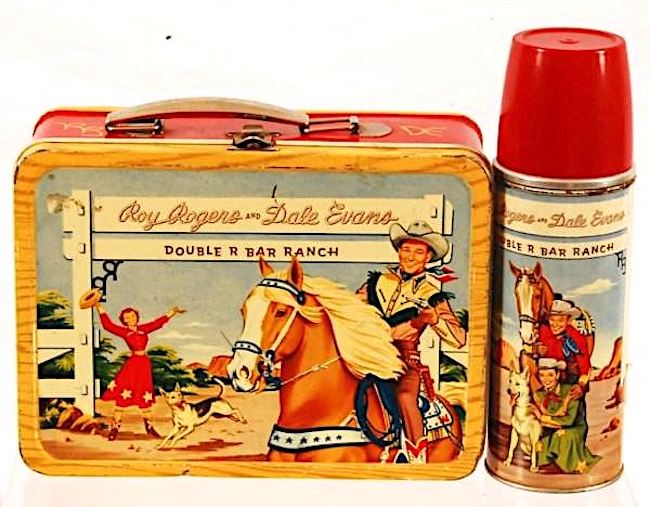
❖❖❖
IN THIS ISSUE
EATING AROUND TUSCANY'S
CHIANTI REGION
By Geoff Kalish
NEW YORK CORNER
BUENOS AIRES
By John Mariani
NOTES FROM THE WINE CELLAR
NEW AND VARIED WHITE WINES
OF THE RHÔNE VALLEY
By John Mariani
❖❖❖
EATING AROUND TUSCANY'S
CHIANTI REGION
By Geoff Kalish
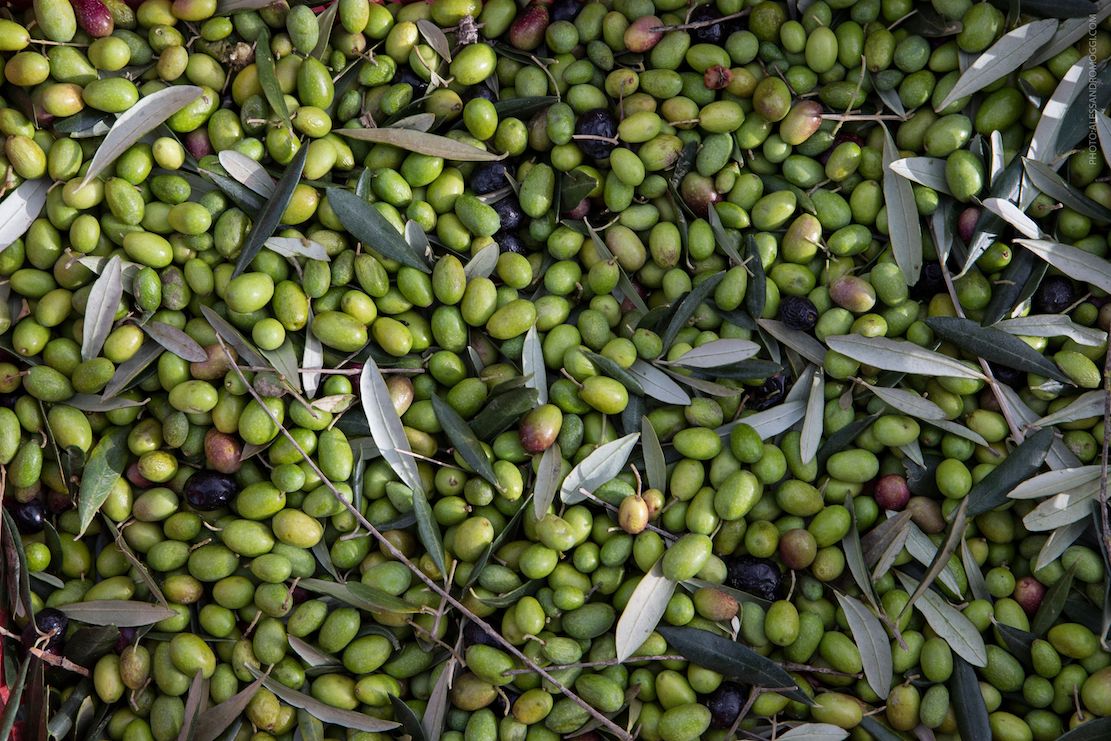
Colle Bereta Estate olives
(Vat 20% tax and service are included in the bill.)
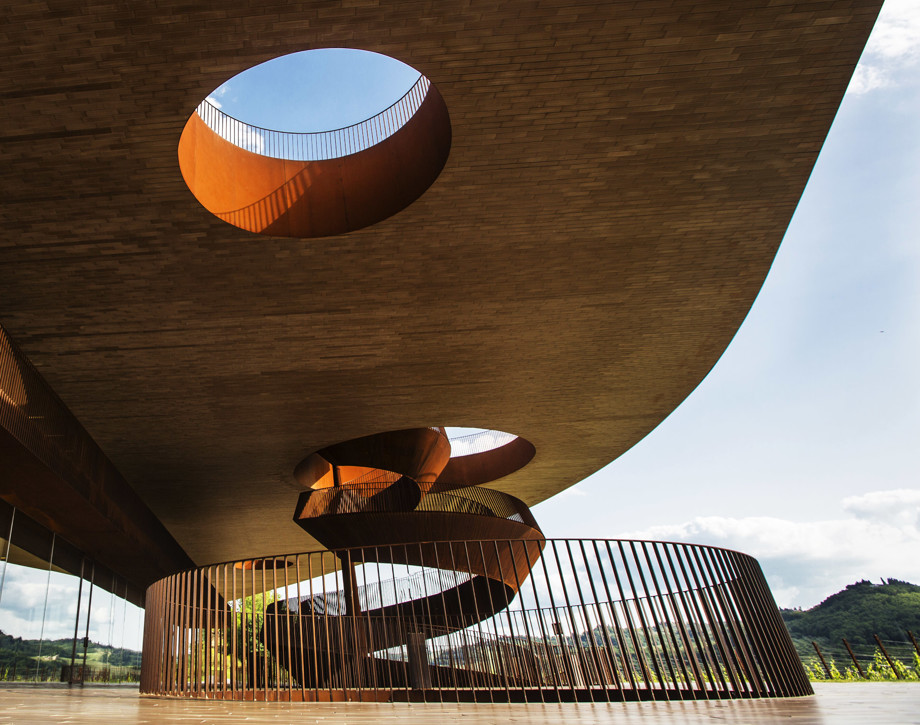 Rinuccio 1180
Rinuccio 1180 Via Cassia per Siena 133
San Casciano Val di Pesa
(in the Antinori Winery)
39-055-235-9720
Situated on the rooftop of the modern, showplace Antinori winery (left) that affords expansive views of the surrounding vineyards, this restaurant offers a
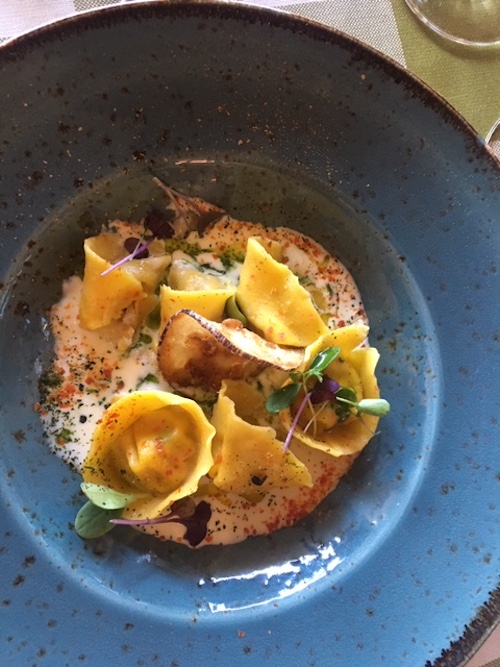 range of fare, perfect for
a mid-day splurge (and best accompanied with a visit
to the winery, which requires advance reservations
at www.antinori.it ). Appetizers run the gamut from
tasty Tuscan ham served with greaseless grilled
eggplant to an assortment of artisan cheeses
(younger, milder aged and aromatic) that mate
perfectly with 2017 Peppoli Chianti Classico and/or
the 2015 Badia a Passignano Chianti Classico Gran
Selezione, that shows memorable flavors of ripe
plums and cherries.
range of fare, perfect for
a mid-day splurge (and best accompanied with a visit
to the winery, which requires advance reservations
at www.antinori.it ). Appetizers run the gamut from
tasty Tuscan ham served with greaseless grilled
eggplant to an assortment of artisan cheeses
(younger, milder aged and aromatic) that mate
perfectly with 2017 Peppoli Chianti Classico and/or
the 2015 Badia a Passignano Chianti Classico Gran
Selezione, that shows memorable flavors of ripe
plums and cherries. There’s a range of pasta selections like short macaroni with a heady duck ragù and delicate ravioli filled with eggplant, burrata and arugula (right). Main courses run the gamut from lamb chops with green peppers to Florentine T-bone steak (for two) and daily specials such as a roasted, stuffed young guinea fowl. For dessert be sure to try the cantuccini (crunchy, golden almond biscuits), served with honey-scented vin santo.
Lunch only is served daily; expect a meal for two to cost about $100 for two, excluding wine.
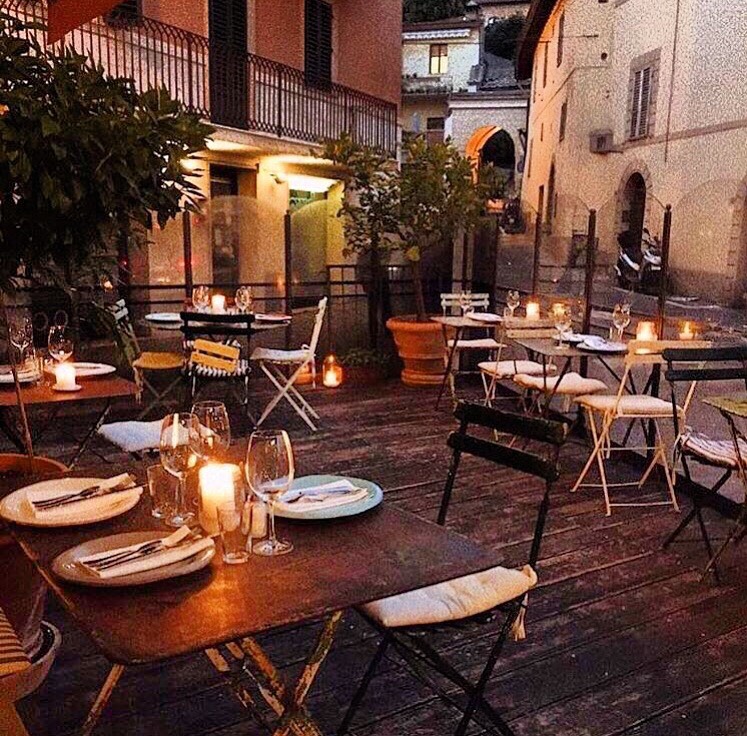 Colle
Bereto Wine Bar
Colle
Bereto Wine Bar Plaza IV Novembre 5
Radda in Chianti
39-0577-738276
Located at the eastern edge of a plaza in the ancient town of Radda in Chianti (approximately midway between Florence and Siena), this very small restaurant, with indoor and outdoor seating, serves a small selection well-made, rather simple fare, with a selection of bottles from its winery. An appetizer of freshly made burrata cheese, accompanied by an assortment of tomatoes dressed in good oil and balsamic, and one of “Chianti Ham” served with a large slice of mozzarella were perfect starters for a warm
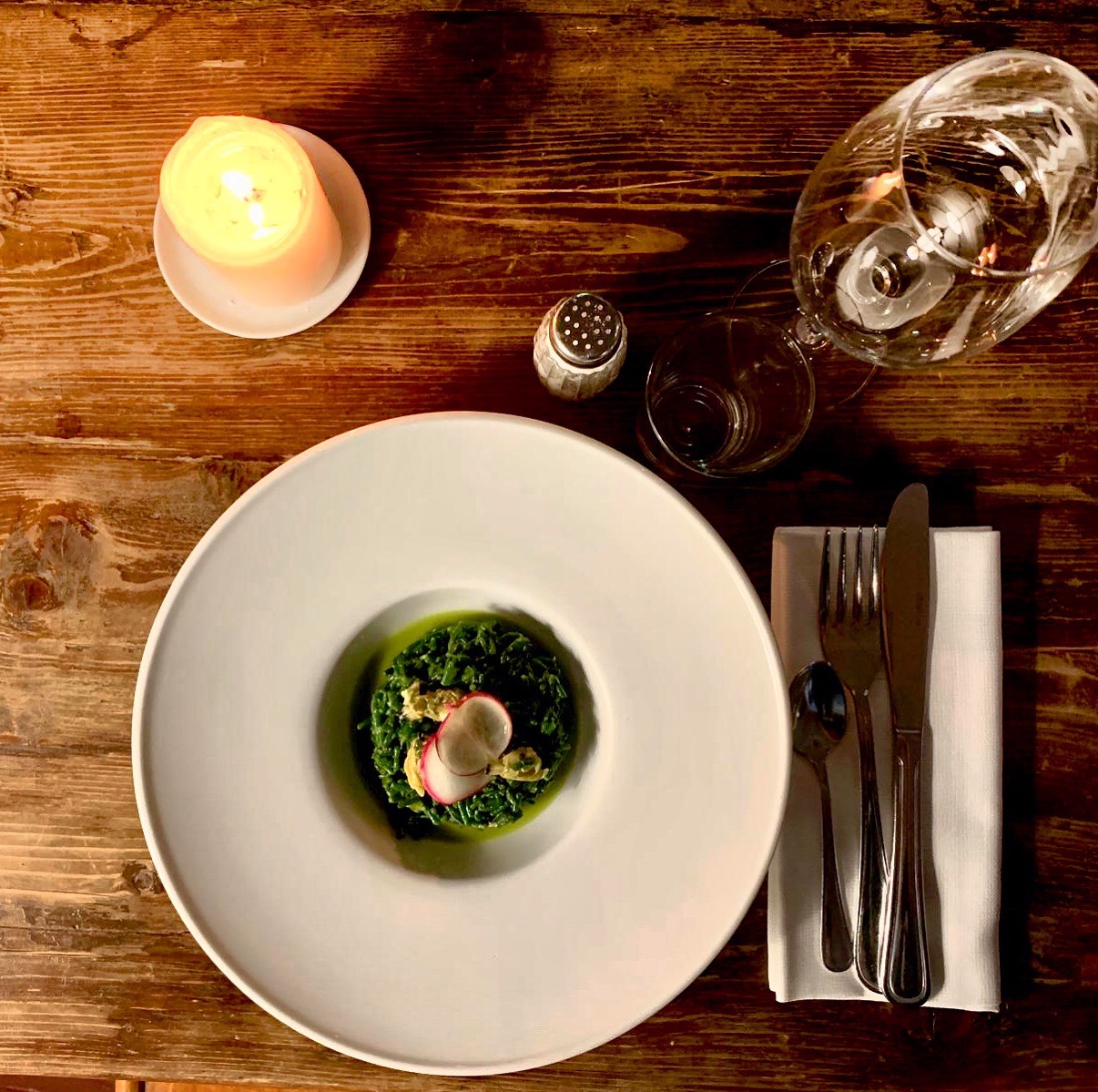 summer’s
evening.
summer’s
evening. A main course of spaghetti with truffles and truffle cream was a pasta loaded with earthy-tasting white and black varieties with an earthy sauce, and a grilled medium-rare, beefy entrecôte steak came with arugula topped with thin slices of Parmesan. A rich chocolate torta made an excellent finish.
All dishes (even the chocolate) married perfectly with the ripe plum and cherry flavors of a 2013 Colle Bereto Chianti Classico.
Of note, Radda offers a number of historic sites and local shops within its walls, and if you should stay overnight, a good choice would be the CDH Radda Hotel. It’s situated on a hillside, a two-minute car ride from the center of town, with clean, cozy rooms, most having a scenic view of the vineyards below and a spa as well as indoor and outdoor swimming pools, and a very friendly, helpful front desk staff.
Open daily for lunch and dinner; expect to pay a very reasonable $75 for dinner for two, excluding wine.
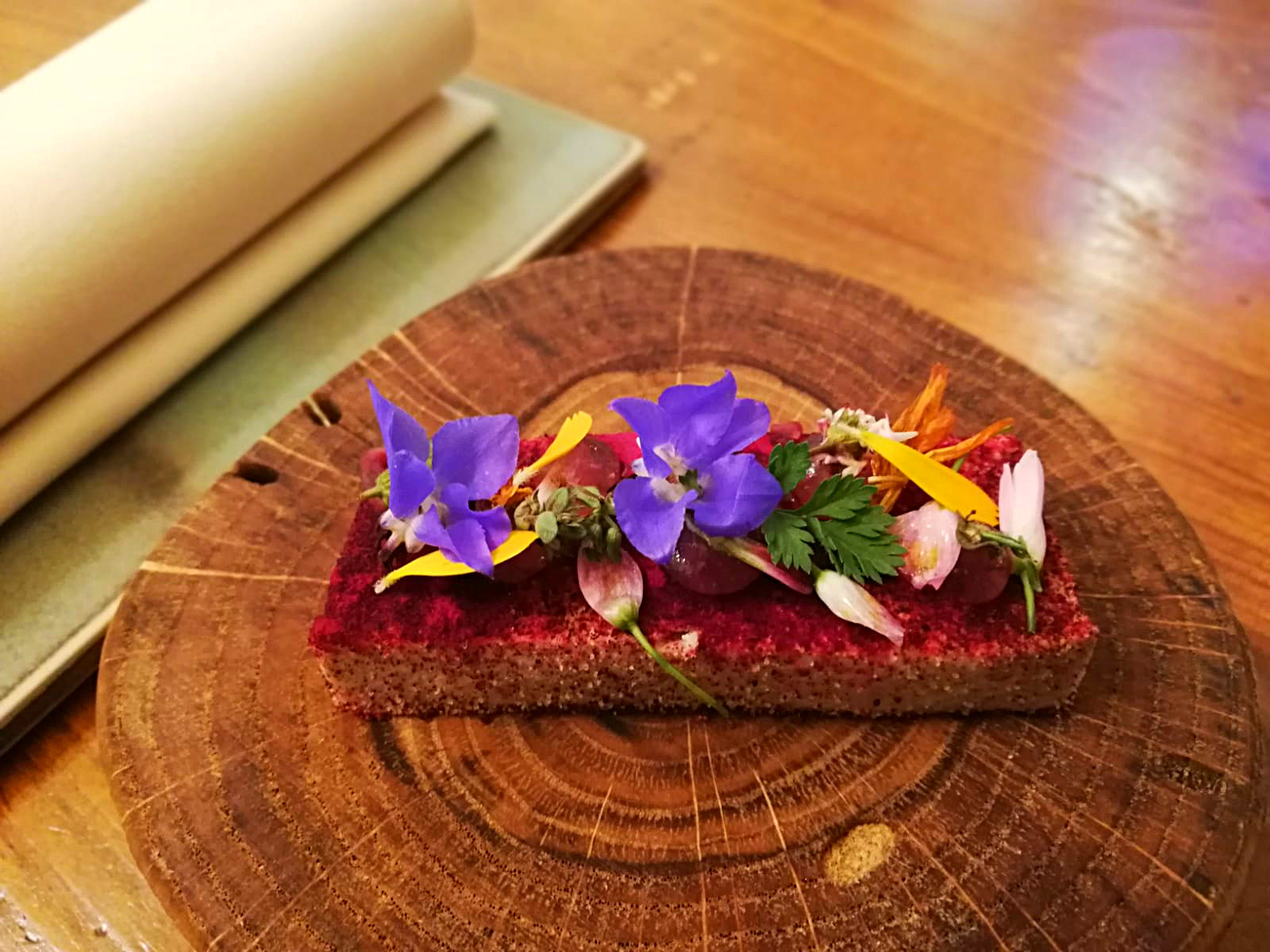 Osteria
Volpaia
Osteria
VolpaiaLocalita Volpaia 53017
Radda in Chianti
39-0577-738066
The ancient building is in what is now part of the Castello di Volpaia winery and small hotel, where this restaurant offers à la carte and tasting menus of artistically presented, whimsically named seasonal dishes. We started with “A pheasant at Volpaia” (left), which was a a thick slice of pressed meat of the bird topped with small portions of red fruits, corn and
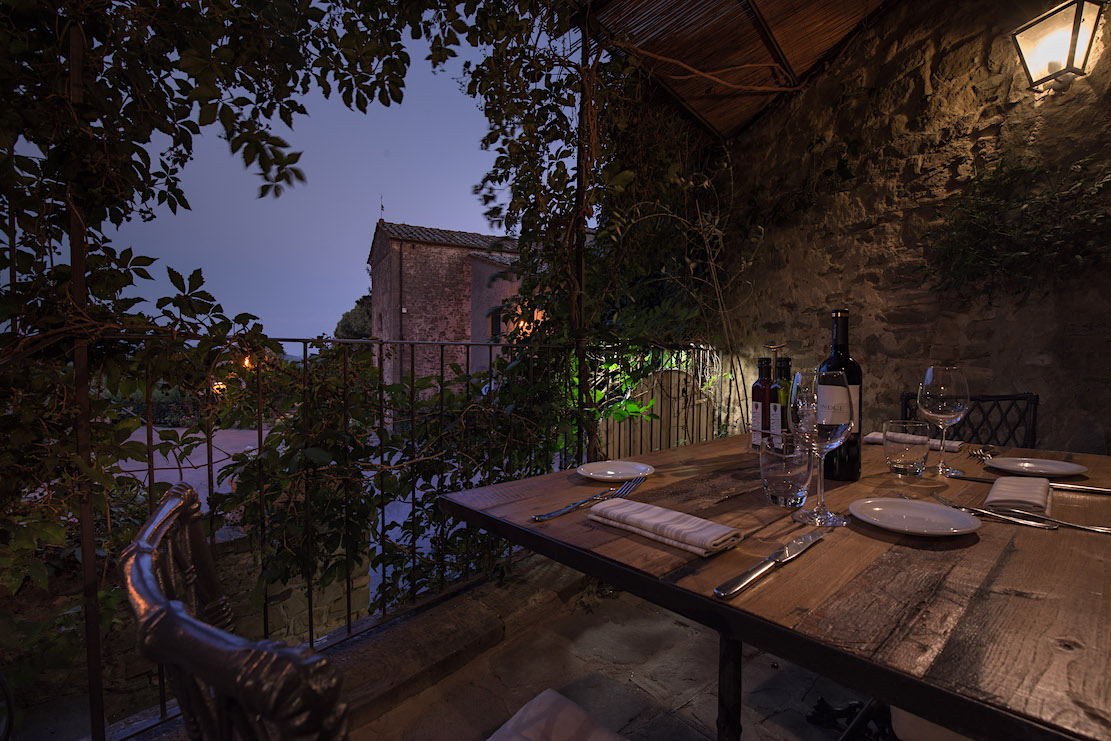 wild
flowers, so that each bite had a unique
taste—ranging from sweet to lemony. Next we chose
“Countryside Paths,” a heady mix of risotto,
asparagus and porcini mushrooms, and concluded with
“They used to call her Sarah,” a pastry topped with
apples and pears cooked in Chianti and served with
spiced ice cream.
wild
flowers, so that each bite had a unique
taste—ranging from sweet to lemony. Next we chose
“Countryside Paths,” a heady mix of risotto,
asparagus and porcini mushrooms, and concluded with
“They used to call her Sarah,” a pastry topped with
apples and pears cooked in Chianti and served with
spiced ice cream. We accompanied the meal with the excellent 2016 Volpaia Chianti Classico Riserva that showed complex flavors of ripe plums, strawberries and oak, with hints of almonds in its finish.
Open Tuesday-Friday for lunch and Thursday-Tuesday for dinner. Expect dinner for two to cost $90-$100, excluding wine.
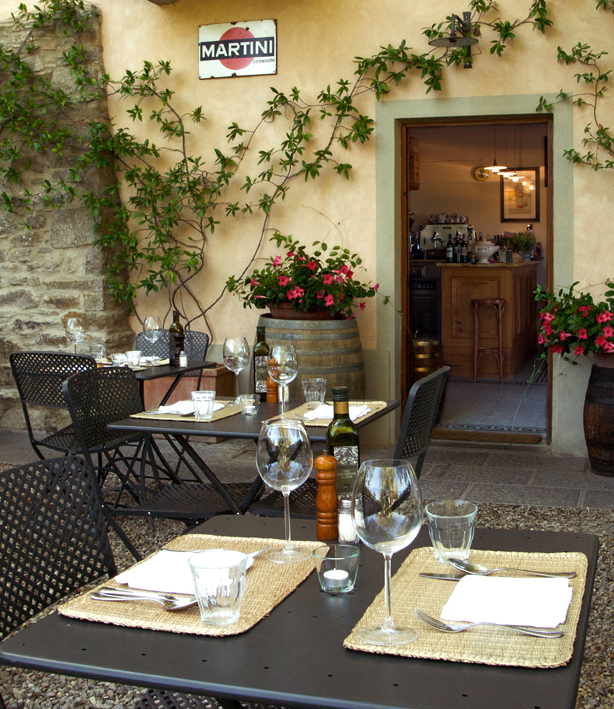 Osteria
Le Panzanelle
Osteria
Le Panzanelle Localita Lucarelli, 29 53017
Radda in Chianti
39-0577-733511
Very popular with locals in the small hamlet of Lucarelli between the towns of Castellina and Panzano, this establishment offers flavorful, regional fare in an informal setting inside and outside of a restored 19th-century structure.
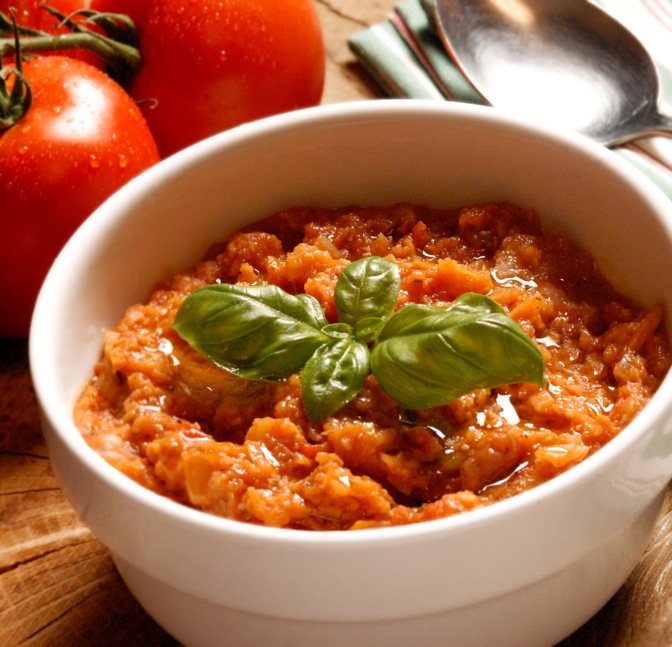
From a menu that changes monthly, depending on what’s in season, we chose salads of ripe tomatoes, their simultaneous sweet and acidic taste made memorable by a simple drizzle of extra virgin olive oil and aged balsamic. And for main courses, from a variety of grilled meats and game birds we choose medium rare steak, its slices bursting with beefy flavor, that was served with a mound of just picked arugula.
We accompanied the meal with an excellent bottle of 2016 Poggerino Chianti Classico ($32) that had a hint of anise in its bouquet and taste of plums and raspberries and we concluded the meal with a rich vin santo gelato.
Open for lunch and dinner daily, except Monday; expect dinner for two to cost $80- $100, excluding wine.
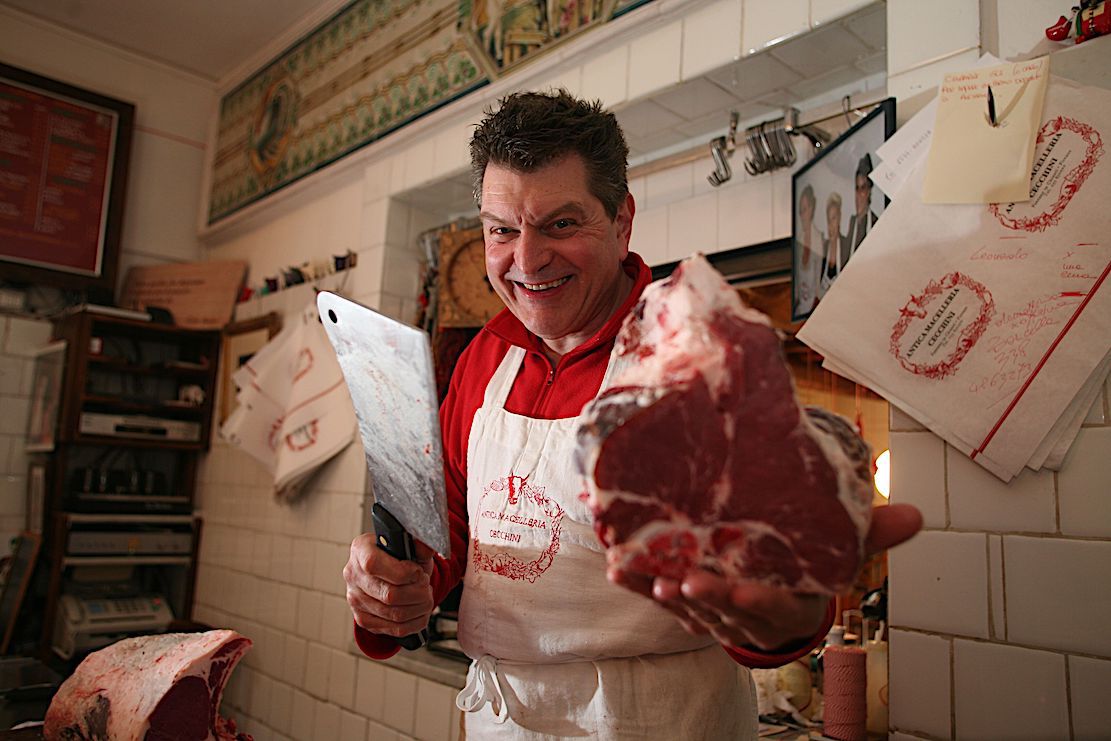 Antica
Macelleria Cecchini
Antica
Macelleria Cecchini Via XX Luglio 11
Panzano in Chianti
39-055-852020
Not everyone’s cup of tea, this carnivore haven offers seating for lunch and dinner daily at communal tables on three levels. The chef and owner is the effusive Dario Cecchini, whose family have been butchers for over 250 years and who gained fame by holding a mock funeral for the “mad cow” at the end of the epidemic in 2001. Forget the brown gravy that accompanied much of the Italian beef of years past, because served here is a fixed price menu ($55 a person) of five courses of unadorned beef ranging from a pile of tartare adorned with a lemon wedge to four cuts of barely cooked beef from different parts of cows raised in Catalunya, Spain. Yes, there’s a vegetarian menu for “beef-a-phobics” but few order it. And, while “house wine” is served on a complimentary basis, there’s no corkage fee for those who bring their own.
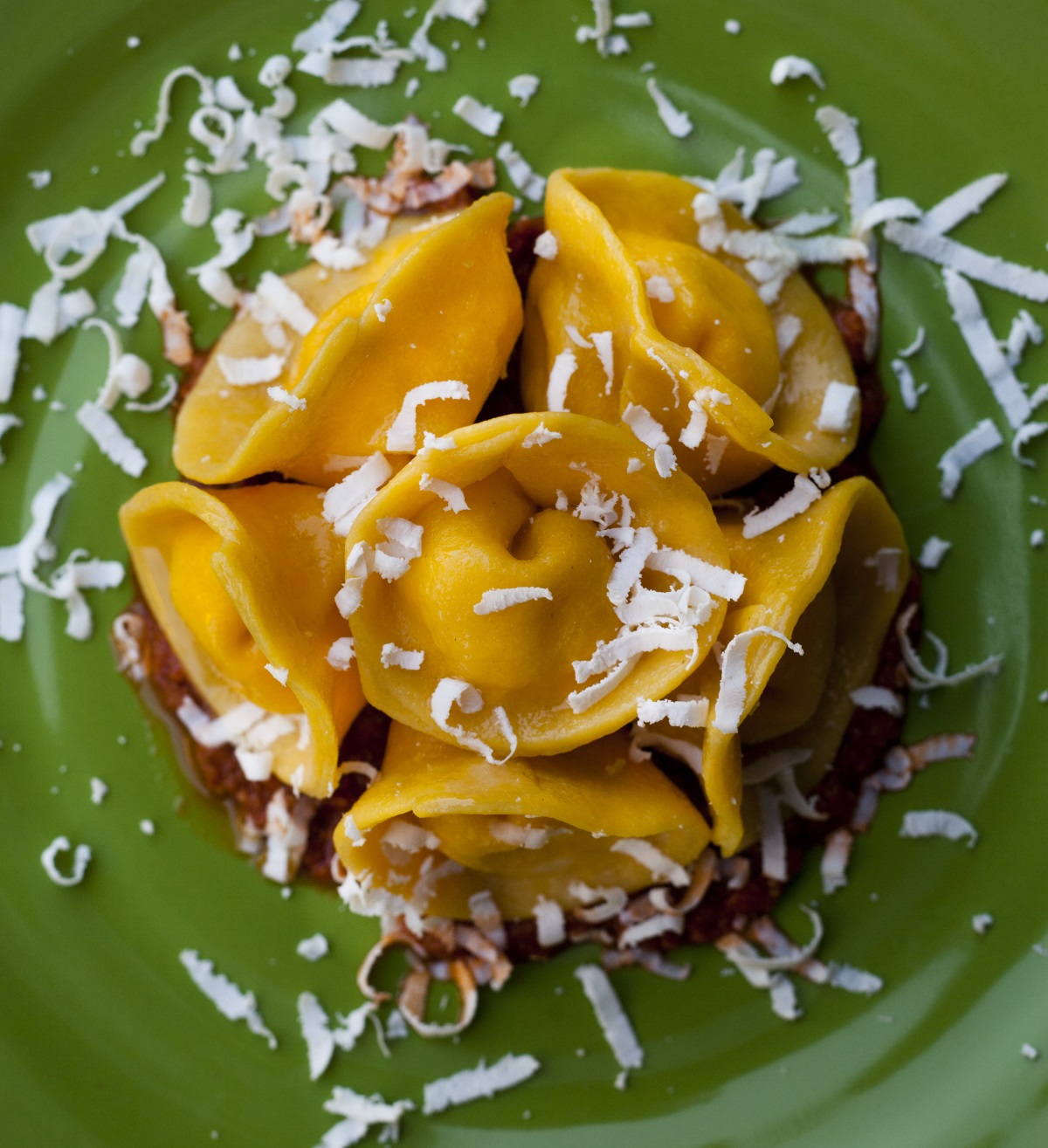 Salefina
Vino & Cucina
Salefina
Vino & CucinaVia degli Umailati 1
Siena
39-0577-287224
Situated on a plaza at the edge of Siena, this restaurant run by a young, amiable
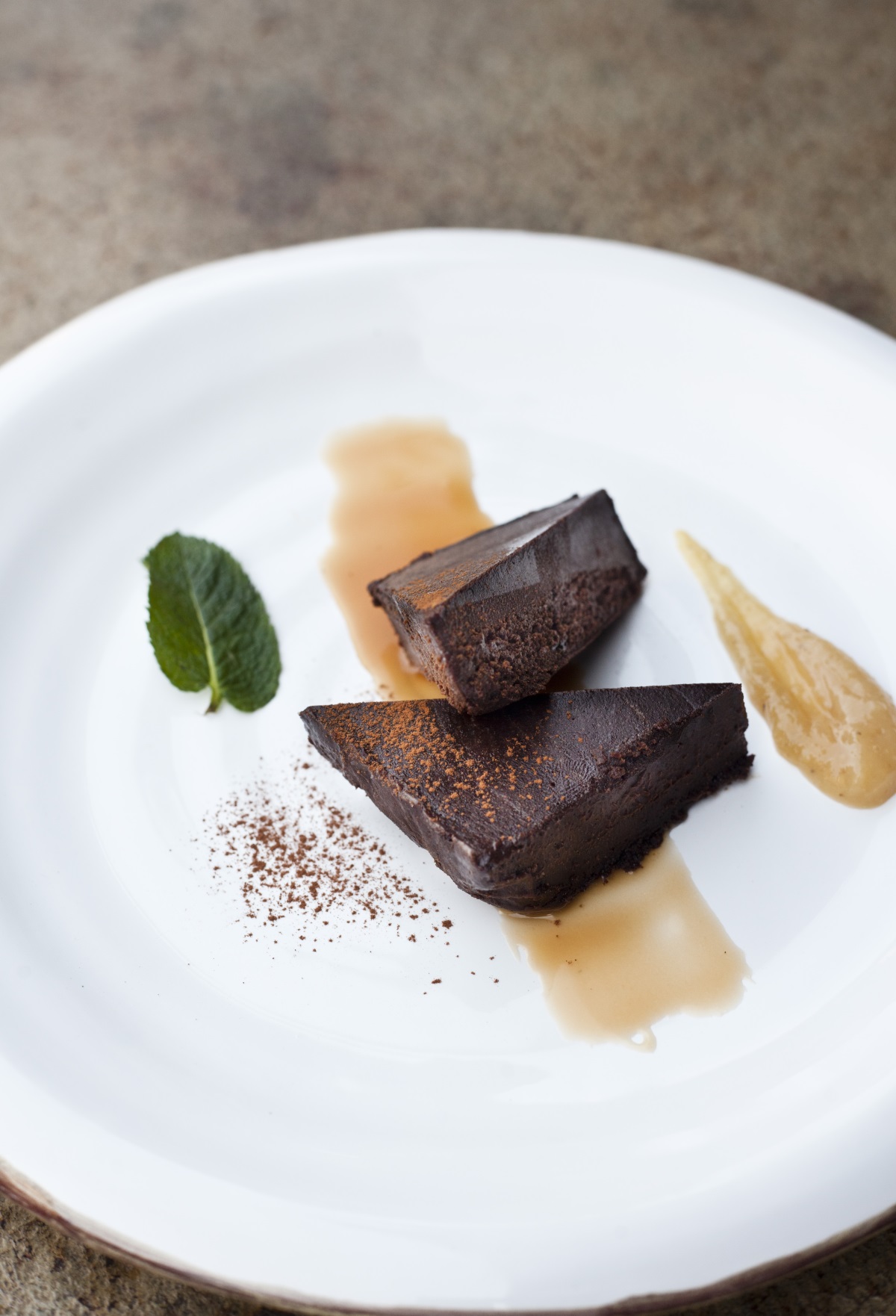 couple,
Claudio di Sante, the chef, and Alice Dandosso, the
manager. It offers
seating outdoors as well as indoors in a
white-walled room decorated with photos of the area.
The extremely reasonably priced fare, with
selections from a menu and daily changing blackboard
of specials, provides a range of deftly made local
fare.
couple,
Claudio di Sante, the chef, and Alice Dandosso, the
manager. It offers
seating outdoors as well as indoors in a
white-walled room decorated with photos of the area.
The extremely reasonably priced fare, with
selections from a menu and daily changing blackboard
of specials, provides a range of deftly made local
fare. For appetizers we enjoyed a light lettuce wrap of dewy shrimp and one of silky slices of tuna tartare and for main courses we chose a special of roasted pheasant and artichoke dusted with a mix of peppery spice and one of thick pork ribs served with roasted potatoes. We accompanied the meal with a plummy 2015 Castell’in Villa Chianti Classico and concluded with a homemade custard topped with berries and a creamy citrus tart.
Open Monday-Friday for lunch and Saturday and Sunday for dinner; expect a meal for two to cost a very reasonable $70 -$80, excluding wine.
❖❖❖
By John Mariani
BUENOS AIRES
5513 East 6th Street (near Avenue A)
212-228-2775
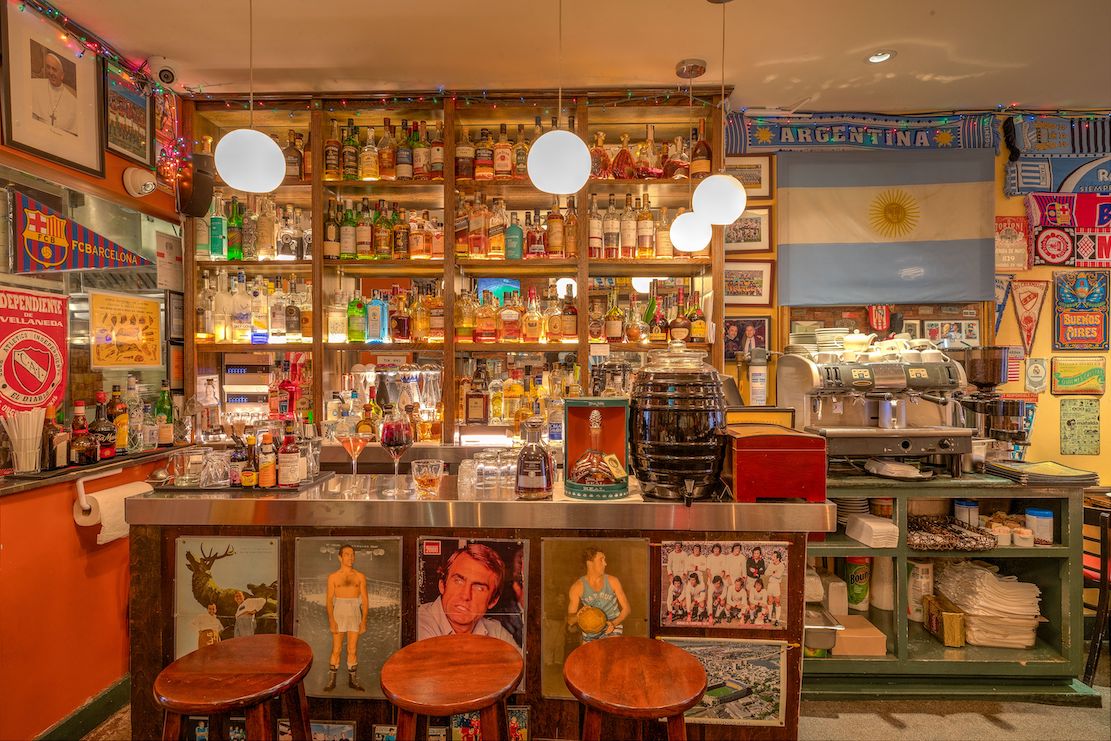
As the story goes,
Ismael Alba couldn't find a restaurant in New
York he felt “captured the true experience and
authentic cuisine of his native Argentina,” so
he opened his own a dozen years ago at a time
when the East Village was not the
well-trammeled, well-lighted, vaguely trendy
place it is now. Indeed, Alba was a pioneer in a
neighborhood now flush with restaurants and
bars. Buenos Aires is still one of the most
colorful and lively, and the food really is
every bit as good as I’ve found it to be in the
city of Buenos Aires itself.
 Alba’s
family were restaurateurs, and upon his arrival in
New York in 1981, he worked his way through the
business until co-opening an East Village spot
called Coup. Going solo with Buenos Aires in 2006,
he was committed to showcasing the best Argentine
food products and wines.
Alba’s
family were restaurateurs, and upon his arrival in
New York in 1981, he worked his way through the
business until co-opening an East Village spot
called Coup. Going solo with Buenos Aires in 2006,
he was committed to showcasing the best Argentine
food products and wines.
The restaurant is composed of
two dining rooms and a patio, the first hung with
all manner of things Argentine, from soccer team
shirts and pennants to posters and photographs
that include Pope Francis, for whom Alba once
proudly cooked when the pontiff visited New York.
(He ordered chicken.) There are more artifacts in
the 35-seat rear room (below), which is quieter and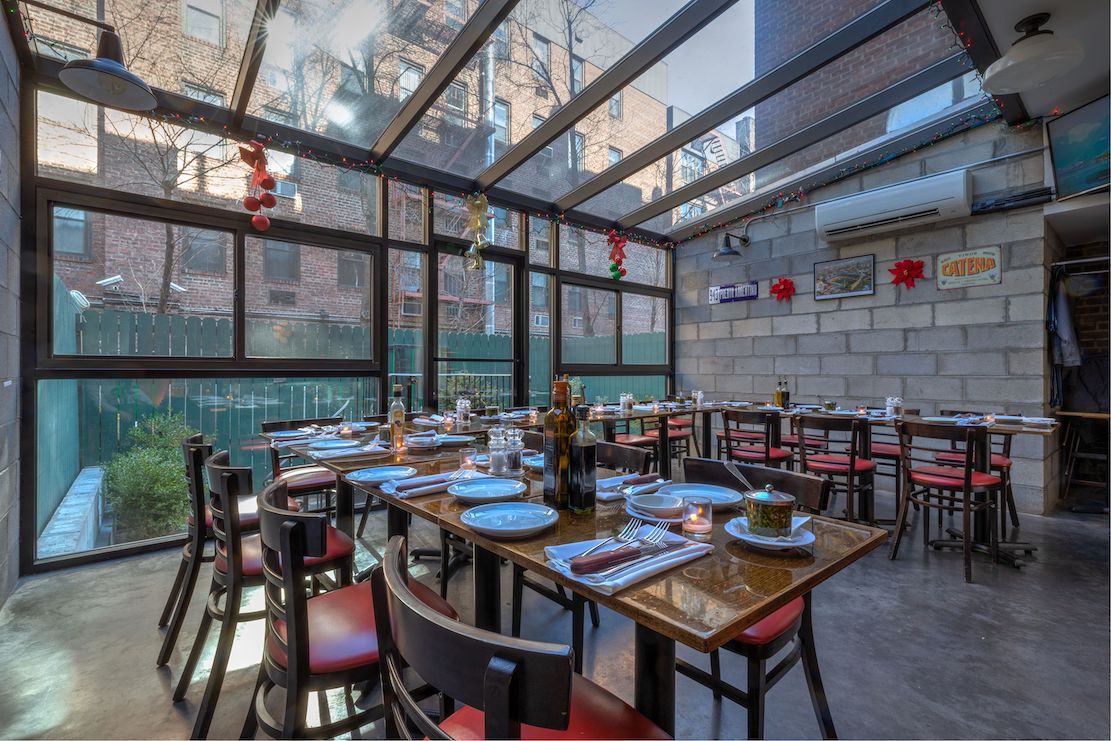 sometimes used for
private dining. South American music is played in
both rooms but it doesn’t much intrude in the
rear.
sometimes used for
private dining. South American music is played in
both rooms but it doesn’t much intrude in the
rear.
The 300-bottle wine list is
impressive for the number of well-priced Argentine
labels and for the 25 wines by the glass, along
with a slew of specialty cocktails.
The best thing to do is to
leave your order in the hands of Alba and his
staff, and you’ll likely start off with grilled
smoky Argentine provoleta cheese
with fresh tomatoes ($16.95), and camarones al
ajillo, plump shrimp in a heady garlic sauce
($14.95). By all means go for the housemade sliced
and sautéed
chorizos
criollos sausage with sweet onions, hot red
peppers and olive oil ($10.95). For the table, the
Rueda Buenos Aires ($32.95) is a platter for two
(or more) containing those grilled sausages, along
with rich blood sausage, grilled veal sweetbreads
and somewhat funky veal chitterlings ($32.95).
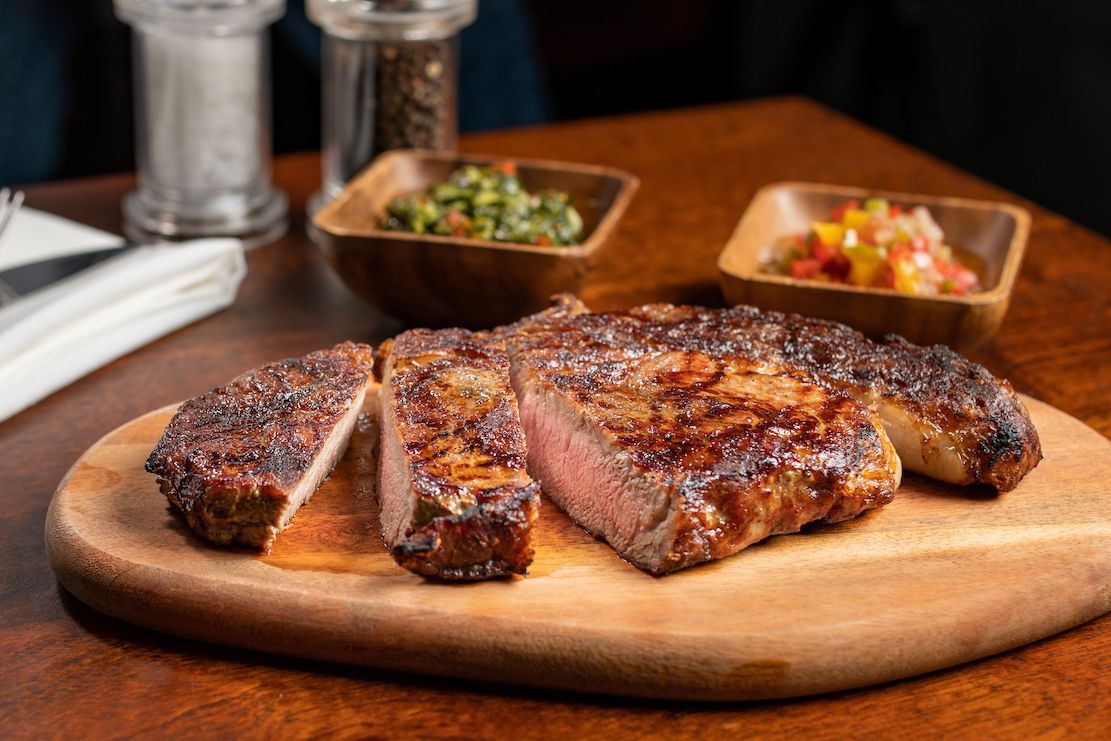 If
you’ve got the appetite, I wouldn’t neglect the
pastas here—Argentina has a huge Italian
population—for the canelones
caseros, pasta tubes stuffed with spinach
and ricotta, summer’s truffles, tomato sauce and a
luscious salsa
blanca ($20.95) are delicious.
If
you’ve got the appetite, I wouldn’t neglect the
pastas here—Argentina has a huge Italian
population—for the canelones
caseros, pasta tubes stuffed with spinach
and ricotta, summer’s truffles, tomato sauce and a
luscious salsa
blanca ($20.95) are delicious.
Now you are ready for the main
event: You can choose from grass-fed Argentine
beef or USDA Prime cuts; ordinarily, in an
American steakhouse I’d go with the USDA Prime.
But, when in Buenos Aires, do as they do, and the
Argentine beef here, hormone and antibiotic free,
is the finest, most flavorful grass-fed beef I’ve
had outside of Argentina itself. There’s a
12-ounce boneless rib eye at $42 and 16 ounces for
$52 (left).
But the correctly noted
“Special” here is the Buenos Aires Grilled Skirt
Steak (32 ounces for $72) that will feed an
entire table of four. Skirt steak used to be an
ill regarded, cheap cut until fajitas became a
national phenomenon, and this example is of
superb, deep, mineral-laced flavor.
If you choose not to choose, go for the Parrillada
Buenos Aires Mixed Grill, including Angus short
ribs, skirt steak, sausage, spicy blood sausage,
veal chitterlings and grilled veal sweetbreads
($66). They also do a 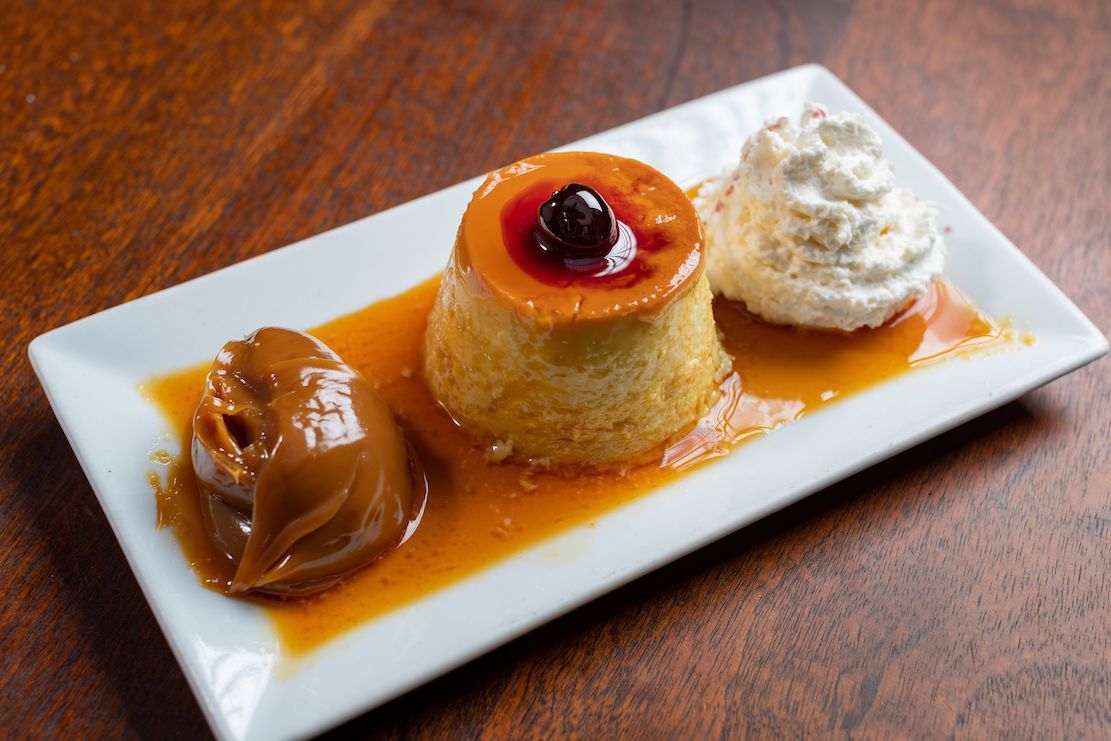 fine
crisply roasted half-chicken marinated in lemon
and herbs ($29).
All entrees come with a choice of mashed
potatoes, French fries, white rice or mixed salad.
fine
crisply roasted half-chicken marinated in lemon
and herbs ($29).
All entrees come with a choice of mashed
potatoes, French fries, white rice or mixed salad.
You might be surprised at the
number of desserts on the menu—eight, plus ice
creams, all of them quite traditional, from the
flan (right)
with dulce de leche caramel ($12), and the budin de pen
bread pudding with raisins and ice cream ($9) to
the caramel crêpe ($14) and apple crêpe ($14).
There’s
no chance you’ll emerge from Buenos Aires without
a full stomach and an appreciation for the
commitment to authenticity the kitchen makes.
What’s more, the nightly festive atmosphere and
effusive service proves every bit as genuine.
Open daily for lunch and dinner.
THE RHÔNE VALLEY
By John Mariani
France’s Rhône Valley
produces distinctive red and white wines, but
the former far outweigh the latter for kudos
among wine critics. Even so, before the 1970s,
when most of the valley’s vignerons sold their
wine to negoçiants, and really not until the
next decade was there much interest in Rhone
wines. 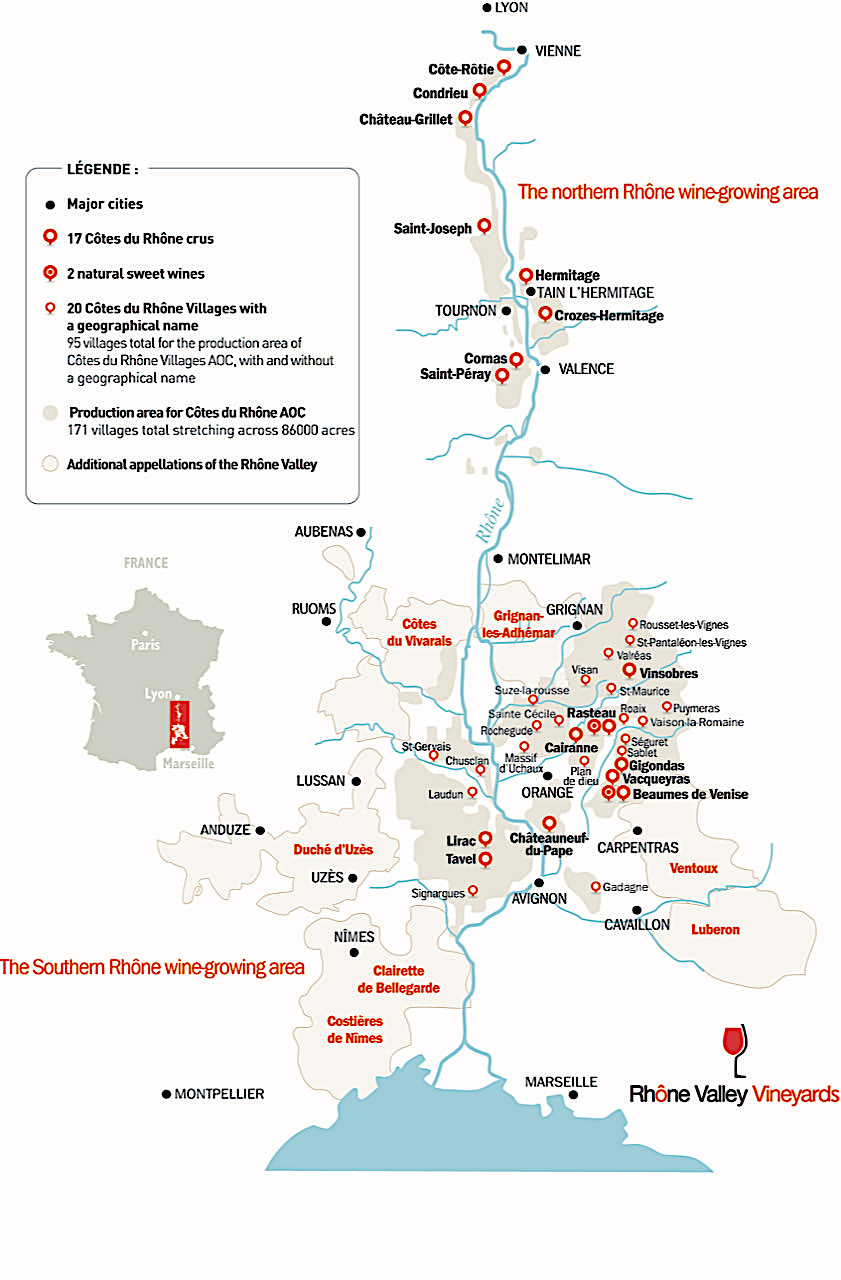 As John
Livingston-Longmonth wrote in his monumental The
Wines of the Northern Rhône (2005) “the poor
cousin of Bordeaux, Burgundy, and Champagne,”
“The northern Rhone faces the twenty-first
century with its tail apparently up.” Comments
on the southern Rhône are less effusive,
although the region, which extends from the Alps
to the Mediterranean Sea, produces the majority
of the wines, mostly red.
As John
Livingston-Longmonth wrote in his monumental The
Wines of the Northern Rhône (2005) “the poor
cousin of Bordeaux, Burgundy, and Champagne,”
“The northern Rhone faces the twenty-first
century with its tail apparently up.” Comments
on the southern Rhône are less effusive,
although the region, which extends from the Alps
to the Mediterranean Sea, produces the majority
of the wines, mostly red.
Among those reds there are some favored
regions, like Gigondas, Vacqueyras and
Côtes-du-Rhône Villages, within which Beaucastel,
Chȃteaneuf-du-Pape are well known. Whereas Syrah
is the dominant grape of the north (the southern
climate is too hot for that varietal) for red
wines, while Marsanne and Roussanne are used for
whites.
The white wines of the south
have rarely earned high accolades, based on
Grenache Blanc, Ugni Blanc, Clairette, Viognier,
Vermentino and others, with most bottlings a blend
of grapes. Cooperatives produce most of the wines
in the south, but now there are some innovators in
the region who are producing wines that are not
only of high caliber but of distinctive tastes
that diverge from the bland blends that dominate. Here
are four (with one from the Northern Rhone) that I
recently tasted with summer meals that I was
delighted with.
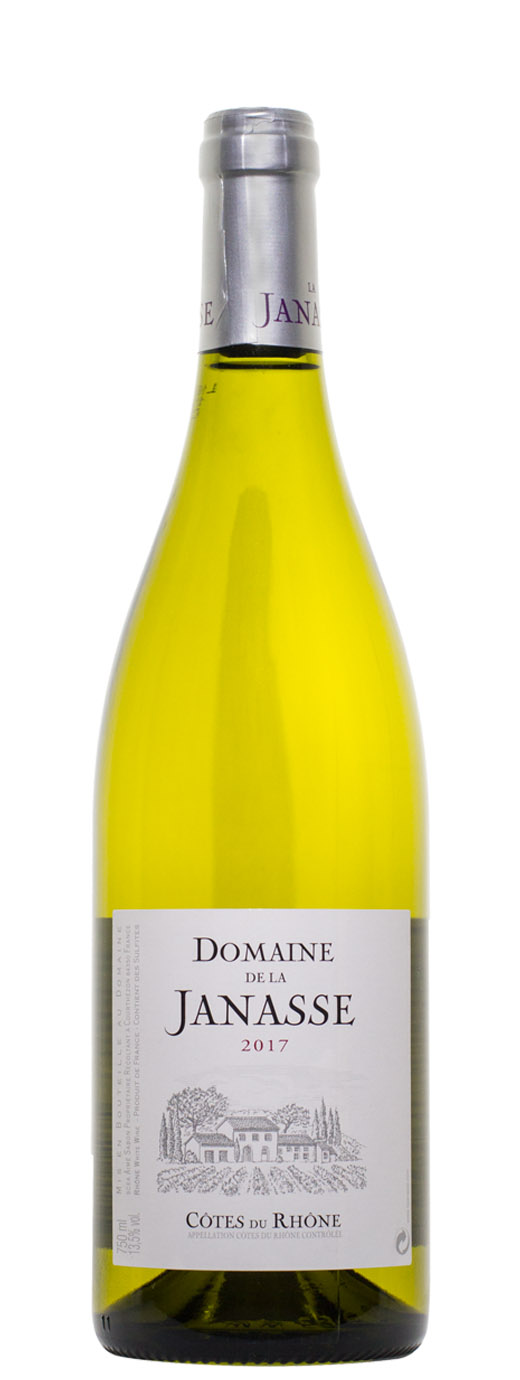 DOMAINE DE LA JANASSE BLANC 2017 ($19.99)—The
Cotes du Rhone appellation covers an enormous
amount of territory, and this domaine’s part of it
is 98 acres near the village of Courthezon, owned
by the Sabon family (Aimé oversees the vineyards,
his children Christophe and Isabelle make the
wines). When writing about wines I try to eschew
simple-minded allusions to particular fruit
flavors, but on my first sip of this white Rhone,
I burst out, “Pears! It tastes exactly like ripe
pears!”
DOMAINE DE LA JANASSE BLANC 2017 ($19.99)—The
Cotes du Rhone appellation covers an enormous
amount of territory, and this domaine’s part of it
is 98 acres near the village of Courthezon, owned
by the Sabon family (Aimé oversees the vineyards,
his children Christophe and Isabelle make the
wines). When writing about wines I try to eschew
simple-minded allusions to particular fruit
flavors, but on my first sip of this white Rhone,
I burst out, “Pears! It tastes exactly like ripe
pears!”
A blend of 50% Grenache, 15%
Clairette, 15% Bourboulenc (a rare varietal not
even mentioned in The Oxford Companion to Wine), 10%
Viognier and 10% Roussanne, the wine is pure
pleasure, full flavored with minerality from
limestone and sandy soils. It ages for a year in a
large wooden vat called a foudre,
which allows for a degree of oxidation to further
flavor the wine.
I drank it with a summer salad of fruits,
tomatoes, onions and olive oil.
DOMAINE
LA
MANARINE BLANC 2017 ($19.99)—Since 2001
Gilles Gasq has been making predominantly Grenache
red wines in the well-regarded region called the Plan de Dieu
(God’s plan), 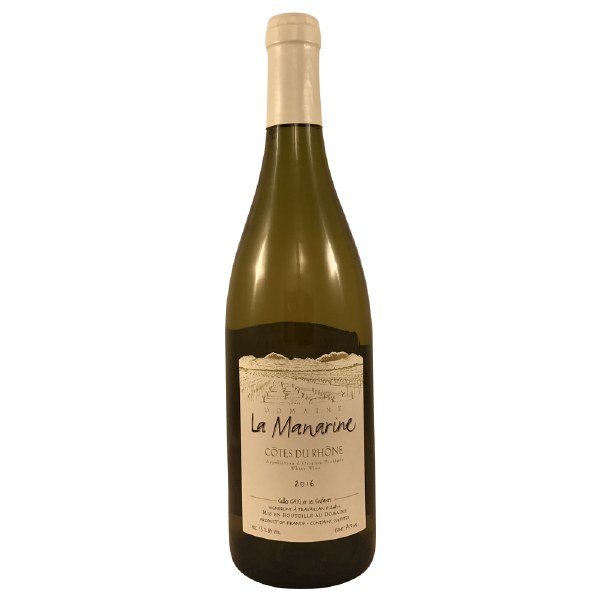 but he also makes a
50-50% blend of Clairette and Bourbelenc. After
pressing, the juice ages on the lees for an
amazing five months, with ten percent of the
grapes vinified and aged in neutral casks to
undergo malolactic fermentation. The wine has fine
fruitiness and acid with a streak of rocky
minerality garnered from both limestone and quartz
called galet.
It was perfect with sautéed swordfish with summer
corn.
but he also makes a
50-50% blend of Clairette and Bourbelenc. After
pressing, the juice ages on the lees for an
amazing five months, with ten percent of the
grapes vinified and aged in neutral casks to
undergo malolactic fermentation. The wine has fine
fruitiness and acid with a streak of rocky
minerality garnered from both limestone and quartz
called galet.
It was perfect with sautéed swordfish with summer
corn.
DOMAINE LA RÉMÉJEANNE LES ARBOUSIERS BLANC 2016 ($19.99)— A higher altitude and cooler climate around the village of Sabran in the foothills of Cevannes gives the wines of Remy Klein and his son Oliver a refined freshness and balance of elegant fruit and tangy acid. Grapes are hand harvested, using indigenous yeasts and aged on the lees for six months. The blend consists of 30% Roussane, 30% Clairette, 20% Viognier (which gives the wine its flowery aroma) and 20% Bourbelenc.
DOMAINE DES AMPHORES
“ALTITUDE 300” BLANC 2017 ($19.99)—
Although this 25-acre Northern Rhône vineyard
dates back only to 1992 under owners Philippe and
Véronique Grenier, this domaine in Chavanay is in
the forefront of modern winemaking, completely
organic and biodynamic. In this blend of 80%
Roussanne and 20% Marsanne (left) both
grapes are full bodied and it has the heft to go
well with salmon or chicken, as well as cheeses,
either as an apéritif or after the main course.
MORE
FETTUCCINE FOR THE REST OF US!
"Keto flu, keto breath, keto
crotch… What’s next? Unfortunately, new side effects of the keto
diet continue
to emerge. People are now breaking out in full-body,
painful rashes after going on the extremely low-carb
diet. And perhaps the worst part is that this 'keto
rash' can leave brown marks on the surface of the skin
that stick around for life."—Holly
van Hare, "‘Keto Rash’ Is
the Horrifying New Side Effect of Eating Low-Carb," Daily Meal
(7/19/19)
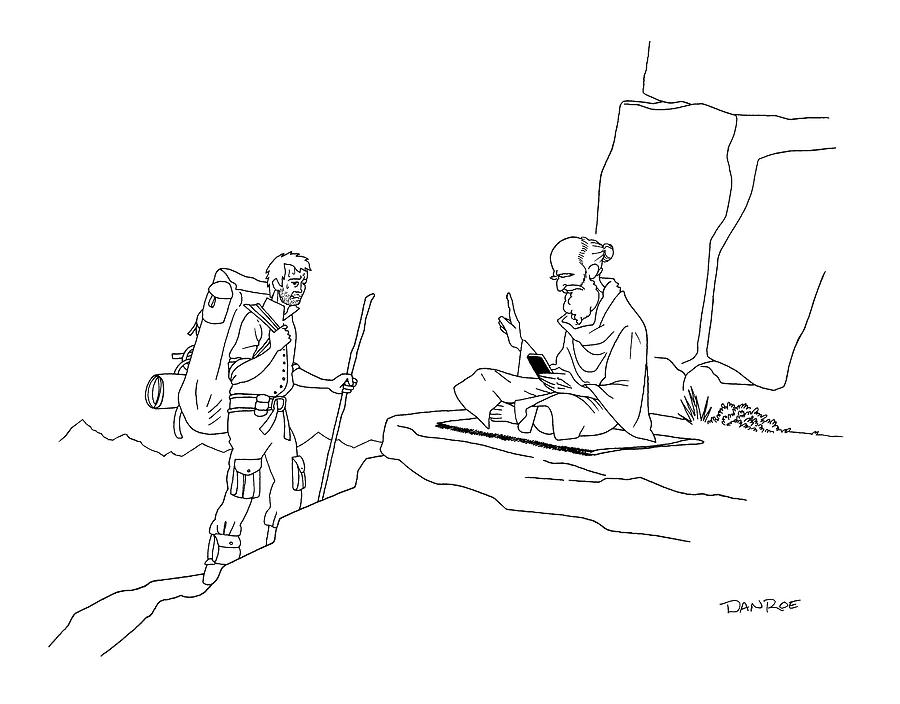
GOD HAS PROBABLY
NEVER FLOWN
COACH CLASS ON AMERICAN
Ava DuVernay,
director of the new movie A
Wrinkle in Time, tells how travel changed her life:
"Traveling
is a spiritual practice for me. It connects me to a
higher power in that the very act of roaming the
world deepens my sense of life and love and learning
and laughter. To me, all of that is God. Traveling
is like prayer. An act of gratitude and grace."
❖❖❖
Any of John Mariani's books below may be ordered from amazon.com.
 The Hound in Heaven
(21st Century Lion Books) is a novella, and
for anyone who loves dogs, Christmas, romance,
inspiration, even the supernatural, I hope you'll find
this to be a treasured favorite. The story
concerns how, after a New England teacher, his wife and
their two daughters adopt a stray puppy found in their
barn in northern Maine, their lives seem full of promise.
But when tragedy strikes, their wonderful dog Lazarus and
the spirit of Christmas are the only things that may bring
his master back from the edge of despair.
The Hound in Heaven
(21st Century Lion Books) is a novella, and
for anyone who loves dogs, Christmas, romance,
inspiration, even the supernatural, I hope you'll find
this to be a treasured favorite. The story
concerns how, after a New England teacher, his wife and
their two daughters adopt a stray puppy found in their
barn in northern Maine, their lives seem full of promise.
But when tragedy strikes, their wonderful dog Lazarus and
the spirit of Christmas are the only things that may bring
his master back from the edge of despair. WATCH THE VIDEO!
“What a huge surprise turn this story took! I was completely stunned! I truly enjoyed this book and its message.” – Actress Ali MacGraw
“He had me at Page One. The amount of heart, human insight, soul searching, and deft literary strength that John Mariani pours into this airtight novella is vertigo-inducing. Perhaps ‘wow’ would be the best comment.” – James Dalessandro, author of Bohemian Heart and 1906.
“John Mariani’s Hound in Heaven starts with a well-painted portrayal of an American family, along with the requisite dog. A surprise event flips the action of the novel and captures us for a voyage leading to a hopeful and heart-warming message. A page turning, one sitting read, it’s the perfect antidote for the winter and promotion of holiday celebration.” – Ann Pearlman, author of The Christmas Cookie Club and A Gift for my Sister.
“John Mariani’s concise, achingly beautiful novella pulls a literary rabbit out of a hat – a mash-up of the cosmic and the intimate, the tragic and the heart-warming – a Christmas tale for all ages, and all faiths. Read it to your children, read it to yourself… but read it. Early and often. Highly recommended.” – Jay Bonansinga, New York Times bestselling author of Pinkerton’s War, The Sinking of The Eastland, and The Walking Dead: The Road To Woodbury.
“Amazing things happen when you open your heart to an animal. The Hound in Heaven delivers a powerful story of healing that is forged in the spiritual relationship between a man and his best friend. The book brings a message of hope that can enrich our images of family, love, and loss.” – Dr. Barbara Royal, author of The Royal Treatment.
 |
The Encyclopedia of American Food and Drink by John F. Mariani (Bloomsbury USA, $35) Modesty forbids me to praise my own new book, but let me proudly say that it is an extensive revision of the 4th edition that appeared more than a decade ago, before locavores, molecular cuisine, modernist cuisine, the Food Network and so much more, now included. Word origins have been completely updated, as have per capita consumption and production stats. Most important, for the first time since publication in the 1980s, the book includes more than 100 biographies of Americans who have changed the way we cook, eat and drink -- from Fannie Farmer and Julia Child to Robert Mondavi and Thomas Keller. "This book is amazing! It has entries for everything from `abalone' to `zwieback,' plus more than 500 recipes for classic American dishes and drinks."--Devra First, The Boston Globe. "Much needed in any kitchen library."--Bon Appetit. |
"Eating Italian will never be the same after reading John Mariani's entertaining and savory gastronomical history of the cuisine of Italy and how it won over appetites worldwide. . . . This book is such a tasteful narrative that it will literally make you hungry for Italian food and arouse your appetite for gastronomical history."--Don Oldenburg, USA Today. "Italian
restaurants--some good, some glitzy--far
outnumber their French rivals. Many of
these establishments are zestfully described
in How Italian Food Conquered the World, an
entertaining and fact-filled chronicle by
food-and-wine correspondent John F.
Mariani."--Aram Bakshian Jr., Wall Street
Journal.
"Equal parts
history, sociology, gastronomy, and just
plain fun, How Italian Food Conquered the
World tells the captivating and delicious
story of the (let's face it) everybody's
favorite cuisine with clarity, verve and
more than one surprise."--Colman Andrews,
editorial director of The Daily
Meal.com. "A fantastic and fascinating
read, covering everything from the influence
of Venice's spice trade to the impact of
Italian immigrants in America and the
evolution of alta cucina. This book will
serve as a terrific resource to anyone
interested in the real story of Italian
food."--Mary Ann Esposito, host of PBS-TV's
Ciao
Italia. "John Mariani has written the
definitive history of how Italians won their
way into our hearts, minds, and
stomachs. It's a story of pleasure over
pomp and taste over technique."--Danny Meyer,
owner of NYC restaurants Union Square
Cafe, The Modern, and Maialino.
|
 |
 |
 |
 |
 |
 |
 |
 |
 Everett Potter's Travel Report:
Everett Potter's Travel Report: 
 Eating Las Vegas
JOHN CURTAS has been covering the Las Vegas
food and restaurant scene since 1995. He is
the co-author of EATING LAS VEGAS – The 50
Essential Restaurants (as well as
the author of the Eating Las Vegas web site: www.eatinglasvegas.
He can also be seen every Friday morning as
the “resident foodie” for Wake Up With the
Wagners on KSNV TV (NBC) Channel 3 in
Las Vegas.
Eating Las Vegas
JOHN CURTAS has been covering the Las Vegas
food and restaurant scene since 1995. He is
the co-author of EATING LAS VEGAS – The 50
Essential Restaurants (as well as
the author of the Eating Las Vegas web site: www.eatinglasvegas.
He can also be seen every Friday morning as
the “resident foodie” for Wake Up With the
Wagners on KSNV TV (NBC) Channel 3 in
Las Vegas.
MARIANI'S VIRTUAL GOURMET
NEWSLETTER is published weekly. Publisher: John Mariani. Editor: Walter Bagley. Contributing Writers: Christopher Mariani,
Robert Mariani, Misha Mariani, John A. Curtas, Gerry Dawes, Geoff Kalish,
and Brian Freedman. Contributing
Photographer: Galina Dargery. Technical
Advisor: Gerry
McLoughlin.
If you wish to subscribe to this
newsletter, please click here: http://www.johnmariani.com/subscribe/index.html
© copyright John Mariani 2019

